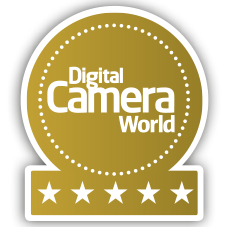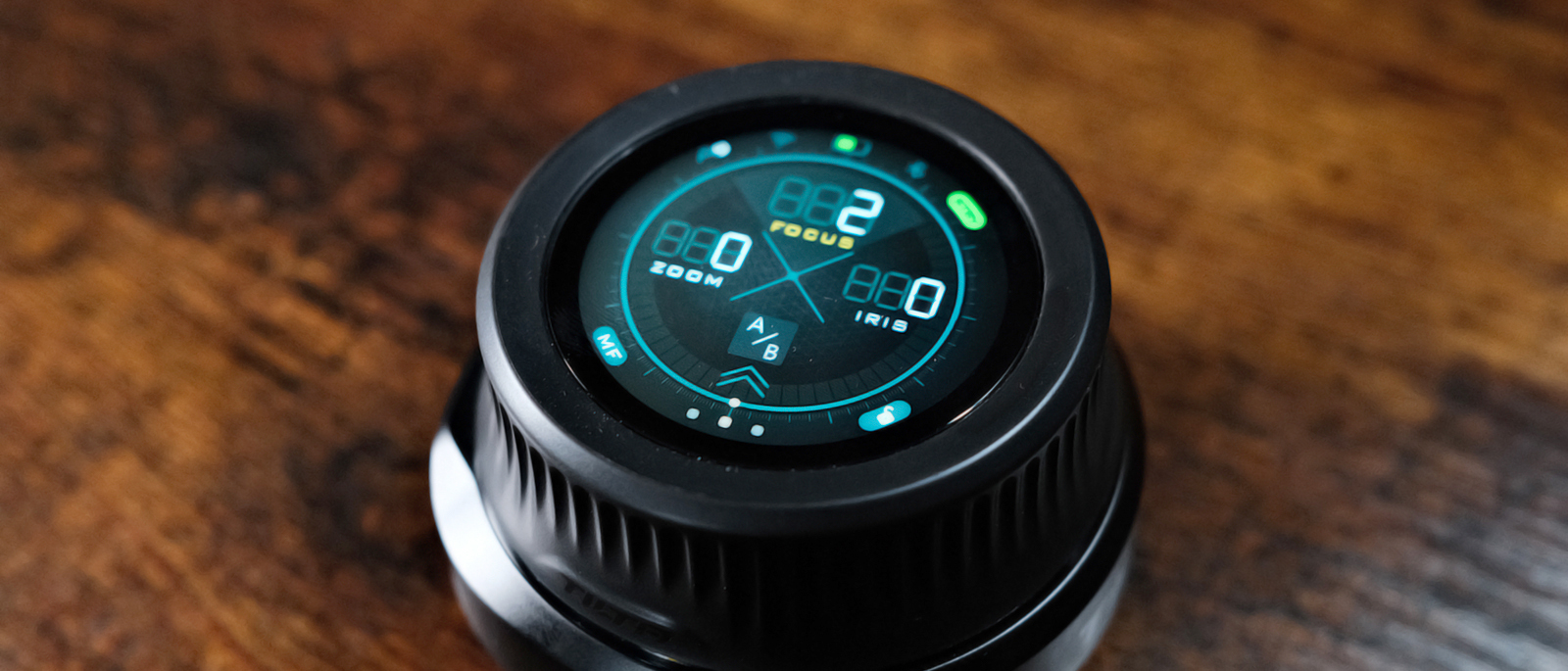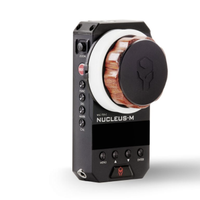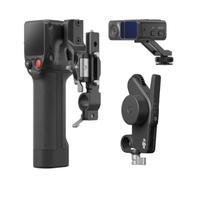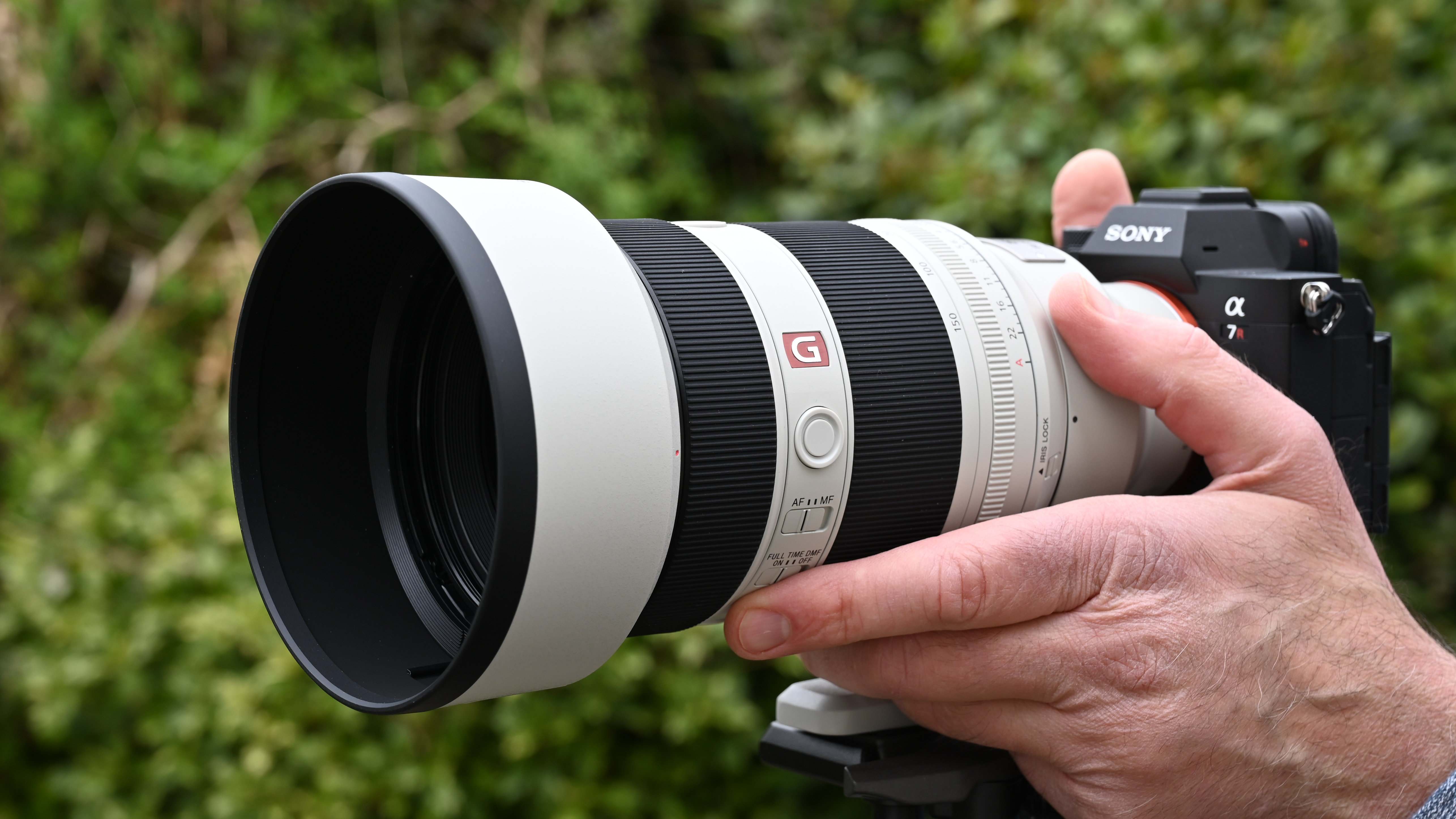Digital Camera World Verdict
If you are in the market for a follow focus, the Nucleus Nano ii should be high up on your shortlist. It's compact, so easy to stash with your other gear, but packs a punch, last more than all day and is simple to use. The touch screen is bright and responsive and the menus are well thought out. The motor is plenty strong enough for cine lenses and it's easy to calibrate, add markers etc, making it an essential piece of gear for the filmmaker.
Pros
- +
Compact but powerful
- +
Can run iris, focus and zoom
- +
Excellent battery life
- +
Excellent value
- +
Works with DJI motors too
Cons
- -
Nothing
Why you can trust Digital Camera World
Controlling focus is essential to any shoot, even if that is managed by autofocus systems, and as such, finding the best way to interact with your lens, while maintaining control over the camera, support, and framing, etc, is also needed.
Rather than reaching around to pull focus directly on the lens, follow focus devices have been used for years, either by a solo shooter or by an AC on larger productions. The benefits are clear. Not only are these easier to operate, but the gearing and size of the wheel usually allow for much finer control, which is handy at any time but can be crucial when dealing with a particularly shallow depth of field.
While manual follow focus systems are still widely used, auto focus on cine cameras is improving all the time, and there is a growing selection of motorised and wireless options on the market, arguably led by Tilta.
The Nucleus Nano II is their latest release in this area and looks to deliver accuracy, versatility, and adaptability to your rig, for indie shooters and team productions alike.
I first started using a follow focus nearly twenty years ago and still do on occasion, although I mostly now use my DJI focus pro handle for this duty, even if I'm not using the lidar for autofocus.
With this in mind, I was keen to see how the Tilta (which I shall refer to as the Wii) fitted my workflow, so I spent some time with it permanently attached to my camera. Read on to hear how I got on.
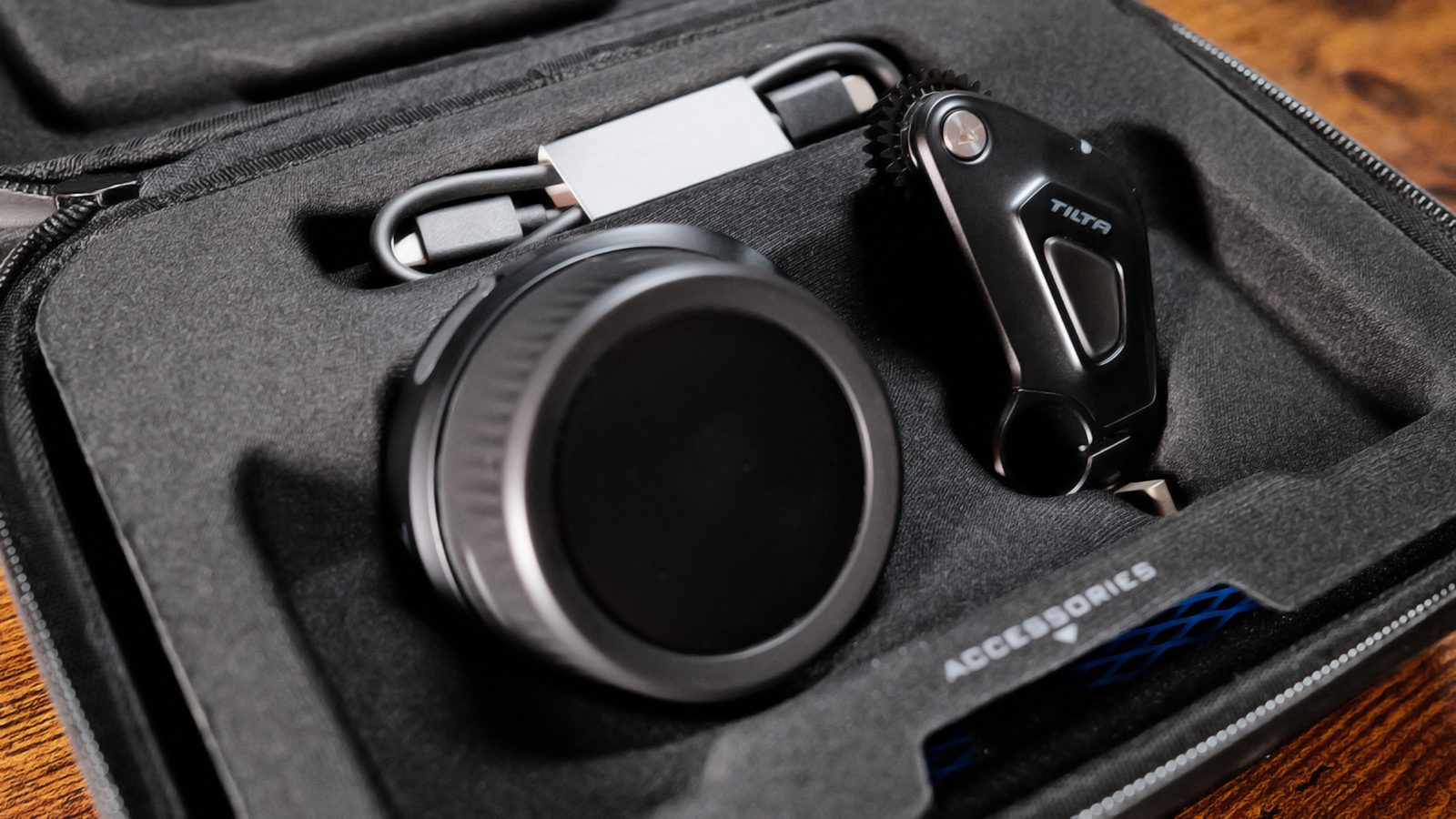
Tilta Nucleus Nano ii: Specifications
Gearing | 0.8m |
CCT range | xxx |
Power supply | USB-C charging, Tilta battery grip |
Motor count | 3 (iris/zoom/focus) |
Mounting | 15mm rails |
Tilta Nucleus Nano ii: Price
At just £213.49 the Nucleus Nano ii is fantastic value. The quality is very high which justifies the cost alone but the feature list is very strong too and you can expand on the basic kit when the time is right. Or, if you are an owner of other Tilta motors (or even DJI motors) you can use the Wii to control them.
You get an awful lot of of functionality for your money, making this a top buy.
Tilta Nucleus Nano II: Design & Handling
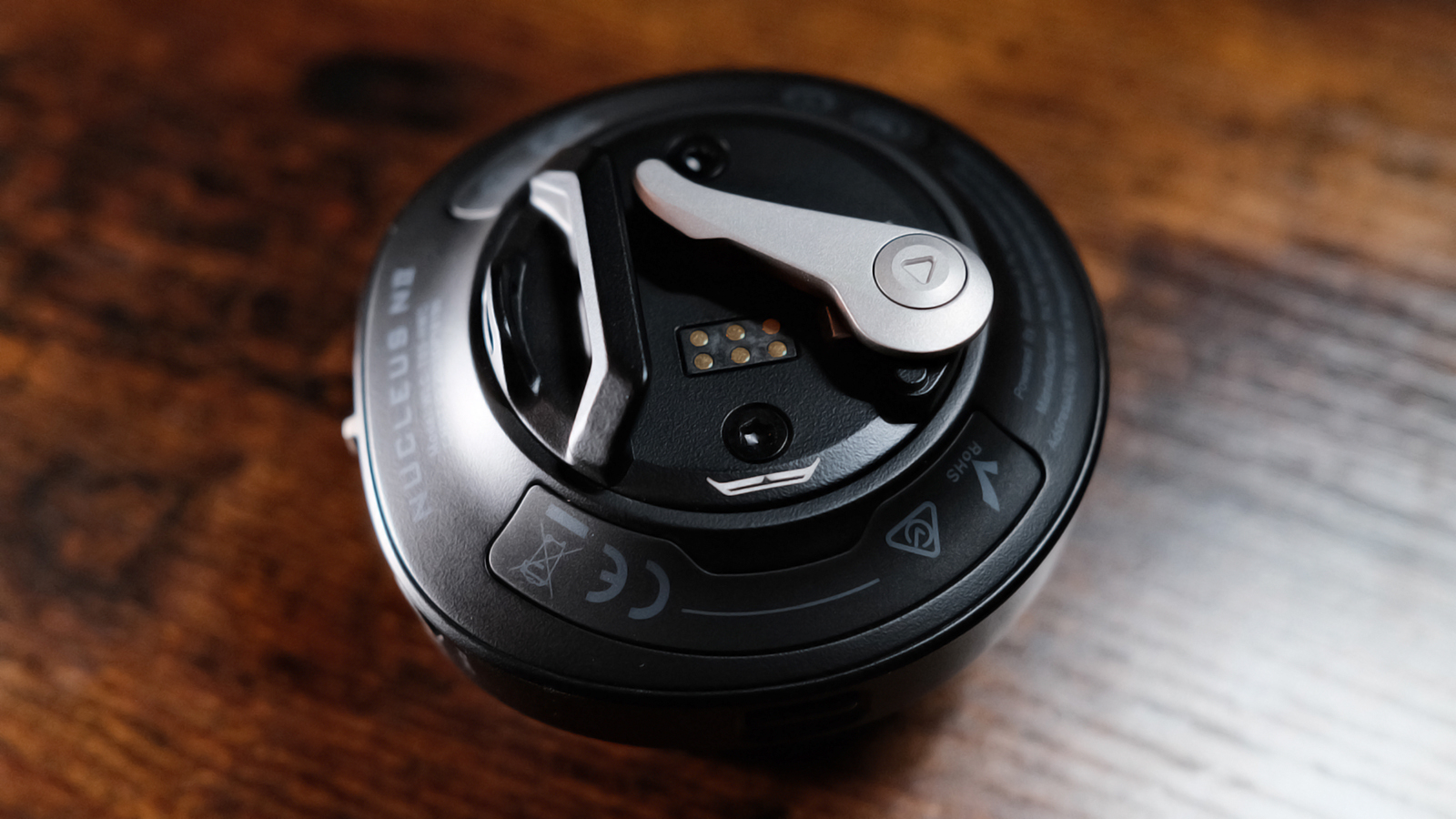
The Nii comes in a number of packages, but the one I’ve been using is the Basic Kit, which includes the hand control, a single motor, a 15mm rod, and a few accessories to connect everything, as well as a nice, semi-hard case to store and transport it all. I’m a fan of these cases. They make it easy to keep everything protected and organised, without being too large or weighty. This one is moulded to the shape of the contents, too, which means there’s minimal shaking of the contents.
Sometimes the accessories shipped with gear can be a little underwhelming, but that isn’t the case here, for the most part. There’s a decent rubber gear to adapt photographic lenses, a 100mm rod for mounting the motor, and a nice metal ¼ 20 to 15mm rod adapter to fit the rod to your rig, should you need it. All these items are of nice quality, and the only downside I can see is that the 100mm rod is perhaps a little short. Obviously, this depends on your setup, where your rods attach compared to where the focus ring is on your lens, etc.
My first tests were done with a Proteus 45-85 T2.9, where the focus gear is pretty far forward, meaning this rod was no way near long enough. Your mileage may differ, and rods aren’t a big outlay, and for most, the 100mm will be ok.
On to the motor, which is solidly built. The ports are covered by the inevitable flappy rubber covers, which I’m not a fan of, but they engage nicely, unlike some, so points to Tilta for that. There’s an LED status light which is well-positioned and easy to see on a bright day, plus a single large control button for selecting modes, which has a nice click to it. The rod grip has a ratcheting action, making it easy to tighten, and it’s metal, so it should last a long time.
The motor is pretty slim, so if you use multiples and your zoom/aperture rings are close together, you shouldn’t have trouble fitting them on.
Then there’s the headline act. The hand wheel controller is a thing of beauty. Things like this have been seen before, of course, but the Nii is particularly nicely made. It feels dense and weighty, with a beautiful action to the wheel, nice buttons and switches, although there are few of these, as most controls are accessed through the touch screen.
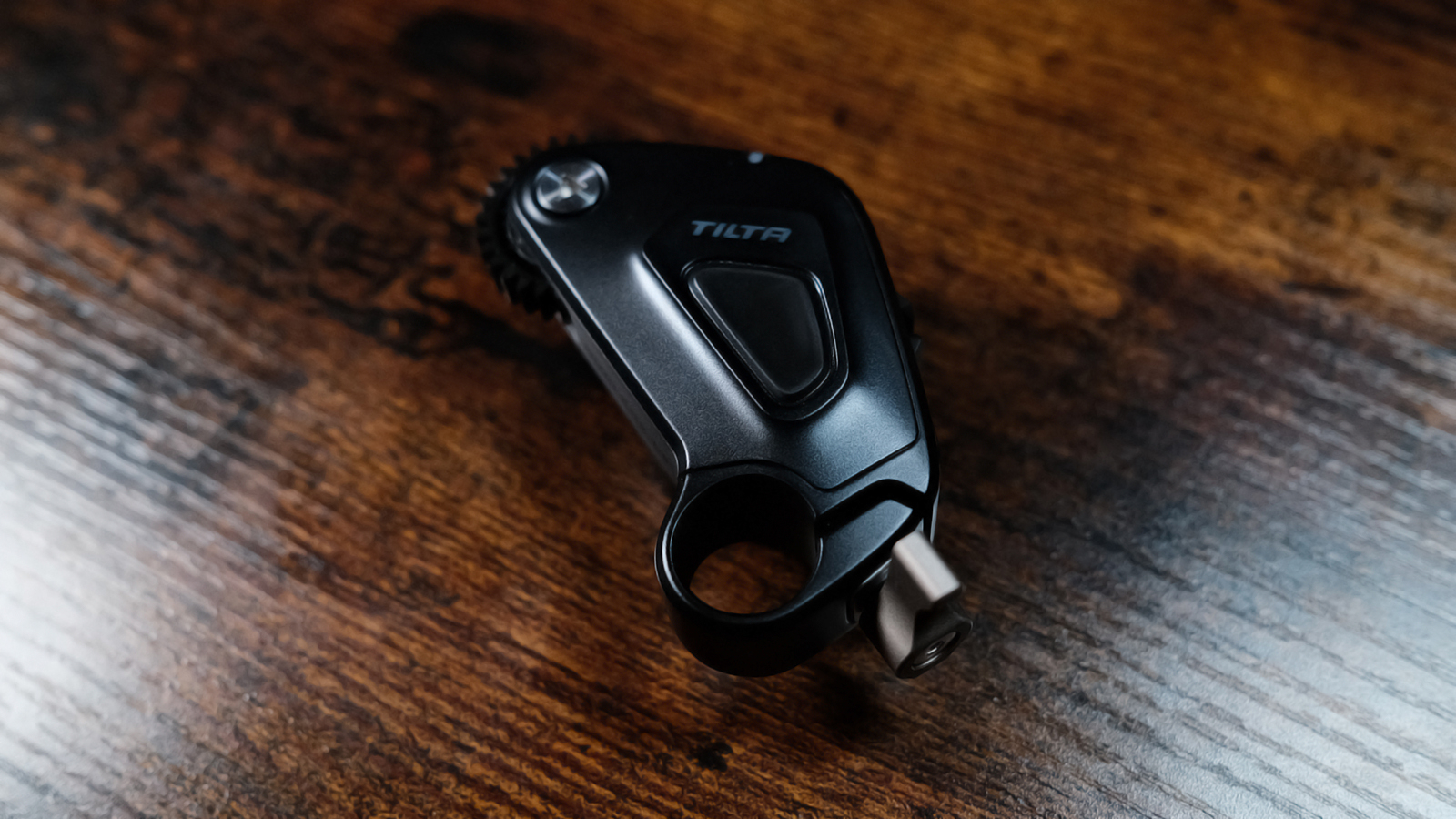
Speaking of the screen, it’s clear and bright, and the touch interface is responsive in both taps and swipes, and it’s a breeze to swipe between the three menus (lens control/camera control/motor control). This menu layout means far less menu diving, with everything a swipe or a click away. Considering what the three menus actually offer, this makes for a comprehensive device that lessens the need to dig around on your camera, too.
The Nii ships with some camera and lens profiles built in, but you can add and calibrate your own lenses if they aren’t on the list. Note that you will need to check the Tilta site to see which cameras are supported for wireless control, but many popular options are there from the likes of Sony, Blackmagic Design, Red, and Canon. The supported functions vary too, so check their table to see what works with your setup.
Tilta Nucleus Nano II: Power
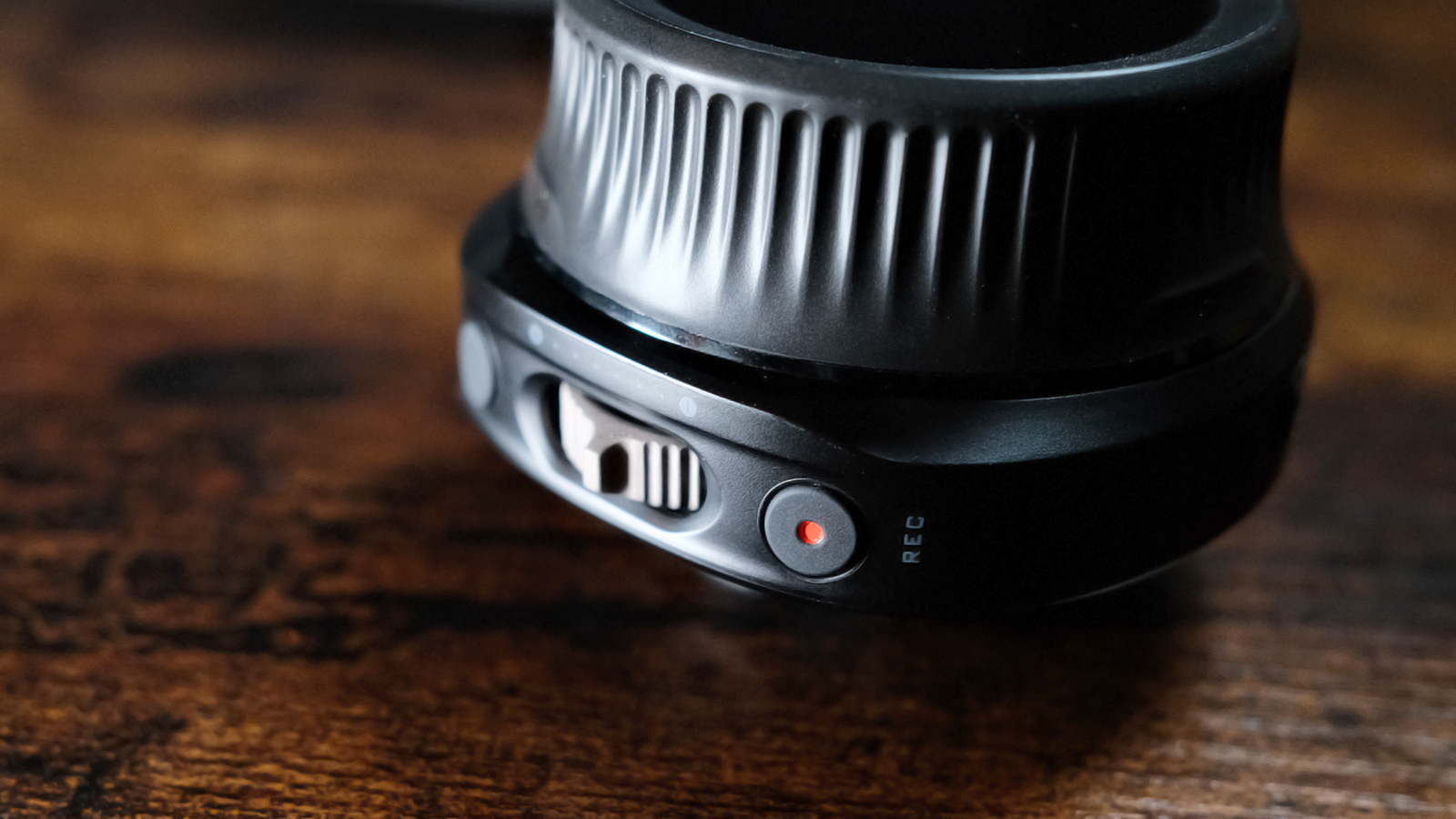
The Wii can be powered in a couple of ways, which is always good, making it more likely it can fit neatly into your system. For most, the built-in battery is going to be the way to go, and that's not a bad choice. The battery is charged by USB-C and charges fully, from flat, in under two hours, depending on your charger. Better yet is the battery life, which is impressive, considering the size of the unit. I got over 17 hours of use out of a single charge. Obviously, if you are constantly using it and running multiple motors, that will diminish somewhat, but it's still very impressive.
You can get even more out of it if you are using one of Title's hand grips, so long as you have a Sony L series battery installed. Keep in mind that if you are using the grip's battery for something else, then you'll still have more than a day of run time.
I tried using the wheel with a handle but also with a field monitor attached for a nice compact focus pulling unit, and the hand wheel outlived the monitor by some considerable margin.
Of course, being USB-C opens up lots of other possibilities, from battery banks to some of the newer NPF batteries that have a USB-C port on them, meaning lots of options, should you need them.
Tilta Nucleus Nano II: Performance
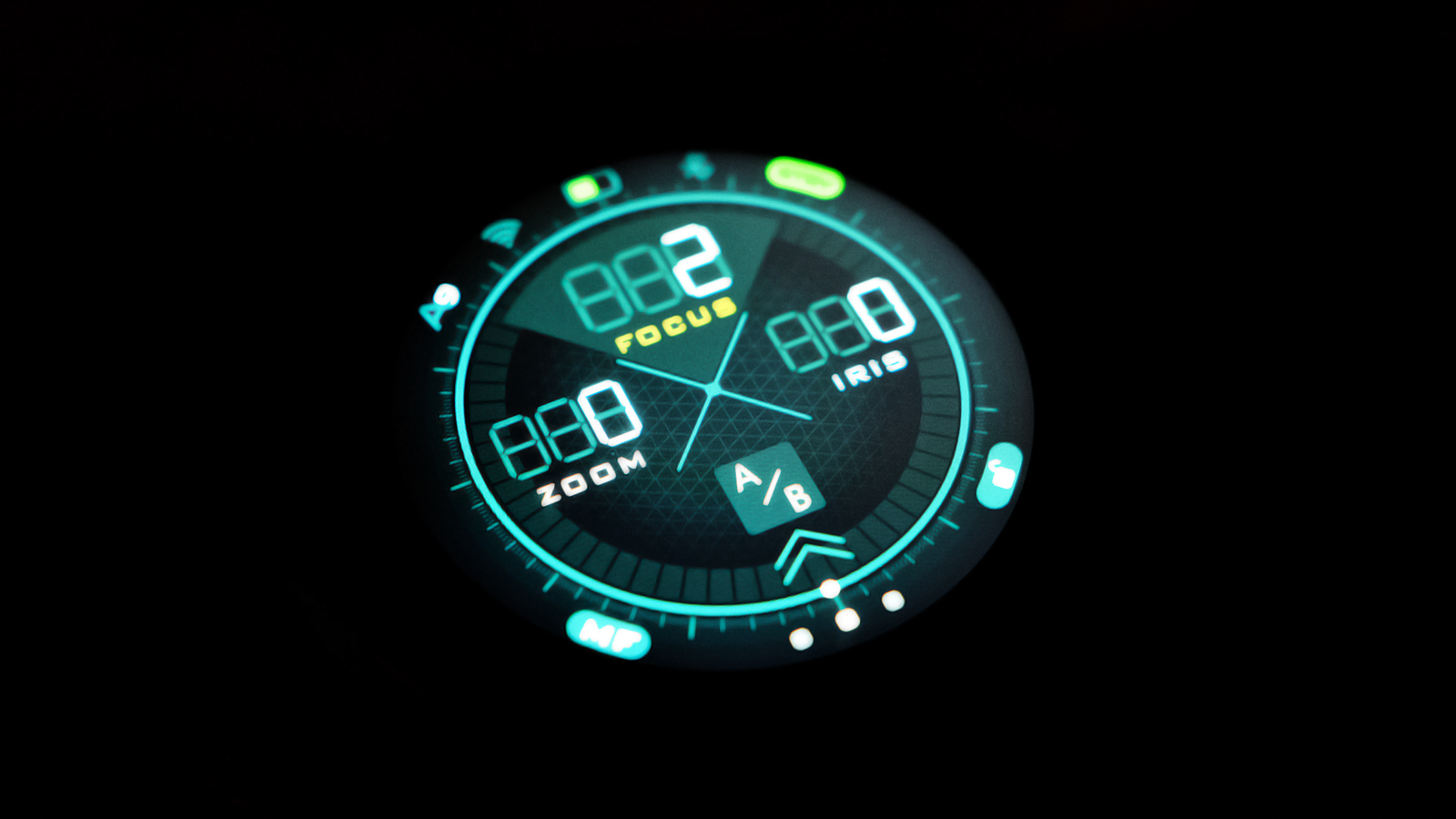
Let's start with the physicality of the Nano II. I found it works well as a simple follow focus, mounted to the usual location. The size is good, although smaller than other systems, but the weighting and feedback from the wheel is really nice, with just the right amount of resistance to allow for precision. However, I think that the most can be got from the Nii by mounting it to a handle, or possibly the side of a wireless monitor, which can open up the possibility for remote operation, with a dedicated person managing critical focus and camera control.
The hand wheel has nato mounts, so there are endless options for rigging. If you are a Ronin user, you are in luck too, as the Nii is compatible with the DJI RS motors and can be mounted to a gimbal for ease of use. There’s a switch on the hand wheel for swapping to DJI mode, too, a nice way to streamline workflow when jumping to and from a gimbal.
From the camera control screen, you can set ISO, white balance, frame rate, and much more. This is handy in any situation but opens up possibilities for camera mounting where access to the onboard controls is difficult, or where it’s more appropriate for the operator to focus on framing, leaving an AC to manage settings. Being able to see everything from recording time to f-stop and even bit rate and resolution is a real workflow boon. Mount this on a field monitor, and that handheld combo will be the brains of the system, without the need to touch the camera at all.
The motor control screen is where you will likely spend most of your time when shooting, as it gives a clear overview of focus, iris, and zoom settings. A swipe up opens the details for the lens, where calibration is done.
Calibration is a doddle. A single long press of the function button runs the auto calibration, but this can be done manually too, and for lenses without hard stops, it is very easy to set up, with just a couple of clicks.
Motor torque is also adjustable from this menu and can be set to taste. I found torque to handle large, heavy lenses with ease. In fact, with my Cato anamorphics, I had to dial it way down, but that isn’t a bad thing.
You can run three motors via the hand wheel, so controlling zoom, iris, and focus can all be done with one setup. I really appreciate that other focus motors are supported, in which case you can buy the handwheel alone, to fit into an existing rig, with DJI focus motors, or other Tilta options like the Nucleus M.
Gear slippage can be a problem with some focus systems, where teeth can slip. This is caused by loose tolerances in the motor, sub par clamping of the motor to the rods, etc but after many hours of use I found zero indication of this here and I’m more than confident that that isn’t an issue, although I will say keep an eye on calibration and torque settings to ensure you are set up properly.
When it comes to adding markers for a shot, it couldn’t be any easier, ensuring that, so long as the talent hits their marks, every shot should be perfectly in focus
In actual use on a shoot, I found I prefer the feel of this to my current solution. The hand wheel feels great, and the form factor is more akin to what I’m used to for the past couple of decades. Being able to add my own lenses and configure them so easily made life much easier too, but for me, the biggest benefit was being able to nail critical focus from a distance, using a monitor other than my camera’s.
All in all, the Wii performs brilliantly. I'd like to see the range of lenses that are onboard grow, but that could easily be done with software. Otherwise, I found the whole experience a rewarding one. The Wii makes it easy to get critical focus, modify the iris or zoom smoothly, and all from a single control.
Tilta Nucleus Nano II: Verdict
Tilta's already hugely popular Nucleus has been given a new lease of life with the Nucleus Nano II. It's affordable, well constructed, performs very well, and is easy to set up for your specific needs, making it a must-buy item for any serious filmmaker or content creator.
Features | Everything you could need from a motor and controller. | ★★★★★ |
Design | Compact and good looking, everything is easy to find and the on screen menus are excellent. | ★★★★★ |
Performance | An excellent performer all round. Strong motors and excellent feeling controller. | ★★★★★ |
Value | You don't get much better value. | ★★★★★ |
Alternatives
Tilta Nucleus M
Tilta's own higher-end offering is a lot more expensive but is still one to look at as it has a greater range, as well as industry-standard components like rosette mounts.
DJI Focus Pro
DJI Focus Pro is a pricier option but does have a nice handle, which incorporates the control wheel.

Rob is Editor of 3D World and ImagineFX magazines and also works as creative director for his own studio, Pariah Studios, producing 3D animations and VFX for a variety of clients. When not at his desk, he can usually be found painting miniatures.
You must confirm your public display name before commenting
Please logout and then login again, you will then be prompted to enter your display name.
